He was not the richest man in Asia, but he was the most respected entrepreneur in Asia.
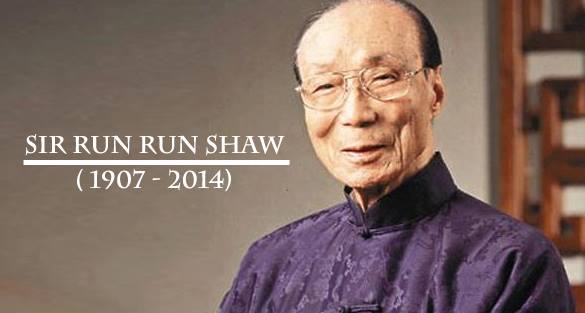
Sir. Run Run Shaw lived till a ripe old age of 107 years old and was Asia’s biggest movie mogul. Throughout his long life, he had been through the end of the Qing Dynasty, the Northern Government, the New Republic of China, the War of Resistance against Japan, the establishment of the new regime, reform and opening up, Hong Kong’s return… alike a living ‘god’.
As the former king of Asian cinematic entertainment, his company Shaw Organization produced more than a thousand films and TV shows, the founder of Hong Kong’s “Oriental Hollywood”; raised the statuses of thousands of Asia’s biggest celebrities, including the top “Four Heavenly Kings 四大天王” (Jacky Cheung 张学友, Aaron Kwok 郭富城, Leon Lai 黎明, Andy Lau 刘德华) and generations of “Miss Hong Kong 香港小姐.”
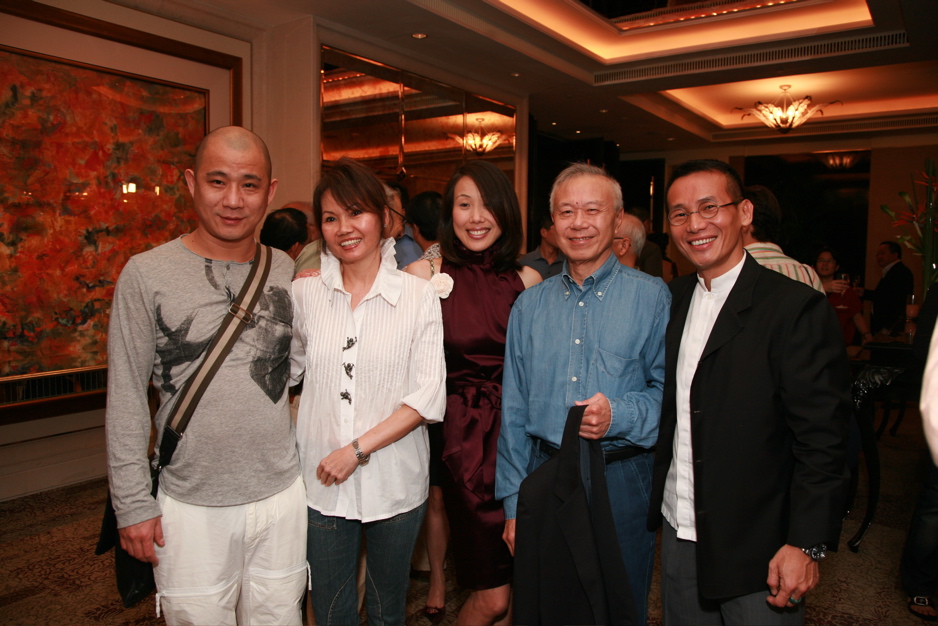
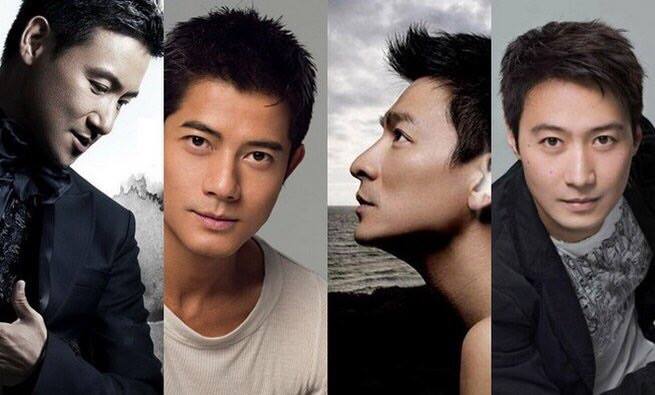
He was always surrounded by beautiful women and often ate and partied with celebrities. However, he joked that he is a ‘romantic’ but never a ‘Casanova’.
Since 1985, Sir Run Run Shaw donated a large sum of money to build education and teaching facilities in the mainland through the Shaw Fund and the Ministry of Education. Till 2012, he had donated nearly HK $ 47.5 billion to 6013 projects of various kinds. Over the years, he donated more than 100 billion Hong Kong dollars donated to social welfare and charities.
Many people in Asia often commented: Since young, from elementary to university, almost all schools have Sir Run Run Shaw’s name in trail.
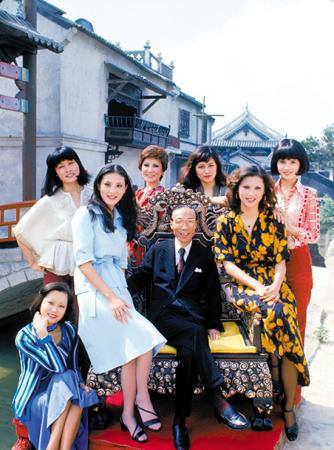 The Shaw family was a large family and had their roots in Shanghai. Run Run Shaw’s father Shao ( abrieved as ‘Shaw’) Yuxuan dealt with the pigment business and was quite prestigious. Upon his death, even Kang Youwei (Kang Youwei was a Chinese scholar, noted calligrapher and prominent political thinker and reformer of the late Qing dynasty) also came to sent his condolence. During the year Run Run was born, his father Shao Yuxuan sae the first movie in his life and thus decided to invest. At that point of time, the first film in China was barefly launched for two years.
The Shaw family was a large family and had their roots in Shanghai. Run Run Shaw’s father Shao ( abrieved as ‘Shaw’) Yuxuan dealt with the pigment business and was quite prestigious. Upon his death, even Kang Youwei (Kang Youwei was a Chinese scholar, noted calligrapher and prominent political thinker and reformer of the late Qing dynasty) also came to sent his condolence. During the year Run Run was born, his father Shao Yuxuan sae the first movie in his life and thus decided to invest. At that point of time, the first film in China was barefly launched for two years.
During Middle school, Run Run Shaw went through the death of his father and subsequently, what was left of the family assets was only a house and a theater.
The Shaw siblings had no intention to take over their father’s pigments business and decided to venture into the still-new cinematics and movie production industry instead. In 1925, big brother Shao Zuiweng founded Tian Yi film company and acted as its manager, placing the other few brothers into various positions within the company.
In 1930, Shaw Organization decided to develop into sound film and Run Run Shaw to the United States to purchase audio equipment. On the way there, the ship he sailed in hit the reef sank and Run Run Shaw drifted for a night before being rescued while holding on to a wooden plank.
Despite this setback, Run Run Shaw still decided to continue his plan to buy the necessary “speech machine” in Hollywood. Once he brought the equipment back, he directed and and produced the first Chinese sound film “White Dragon 白金龙”. “White Dragon” went on to became a box office miracle and the cost of only 10,000 yuan harvested into a million dollar return.
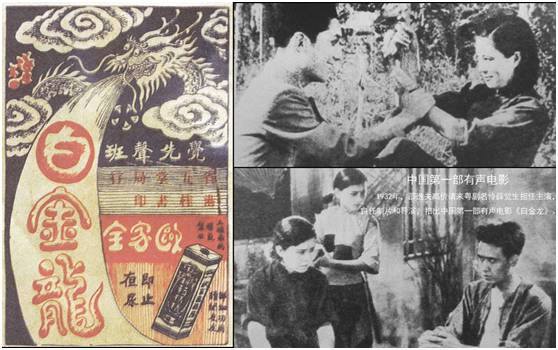
During the outbreak of the Sino-Japanese War, the Japanese invaders destroyed the film industry and the Shaw’s years of accumulated hard work collapsed, and the theater was forced to close.
In Singapore, all the Shaw’s cinemas were “confiscated” during that period, and Run Run Shaw was arrested for anti-Japanese documentary screenings and distributing anti-Japanese flyers. Fortunately, he was not subjected to torture. During the trial, he said: “I played anti-Japanese film, but that is the real documentary, not an interpretation.” Perhaps it was for this reason that he was released after two weeks.
“At that time, I thought I was going to be dead for sure,” Run Run Shaw recalls. In 1957, Shaw arrived in Hong Kong and in the following year established the Shaw Brothers film company. This year, he has was 51 years old.
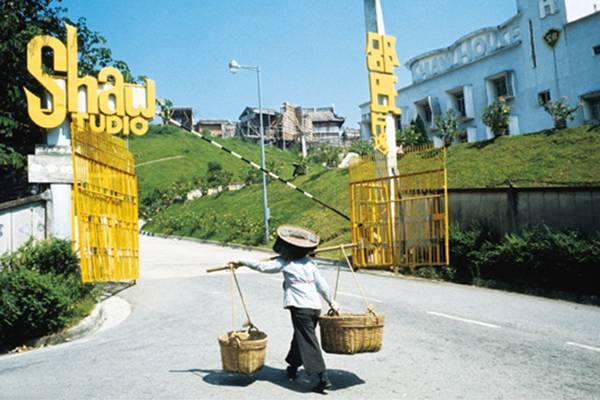
Before arriving in Hong Kong, Shaw went to the United States to do an industry study and during which he realized that the Shaw’s film business not only needed to recover, but to greatly progress. Therefore in Hong Kong, he hoped to establish a whole new industry of chain network in cinema, movie production and distribution.
In order to achieve this goal, Run Run Shaw invested in all his money. Cinematography requires a photographic factory and in order to build the site, land had to be bought. In Hong Kong, the limited land cost an incredible amount and in the end Run Run Shaw can only afford to buy a barren hill at Clear Water Bay.
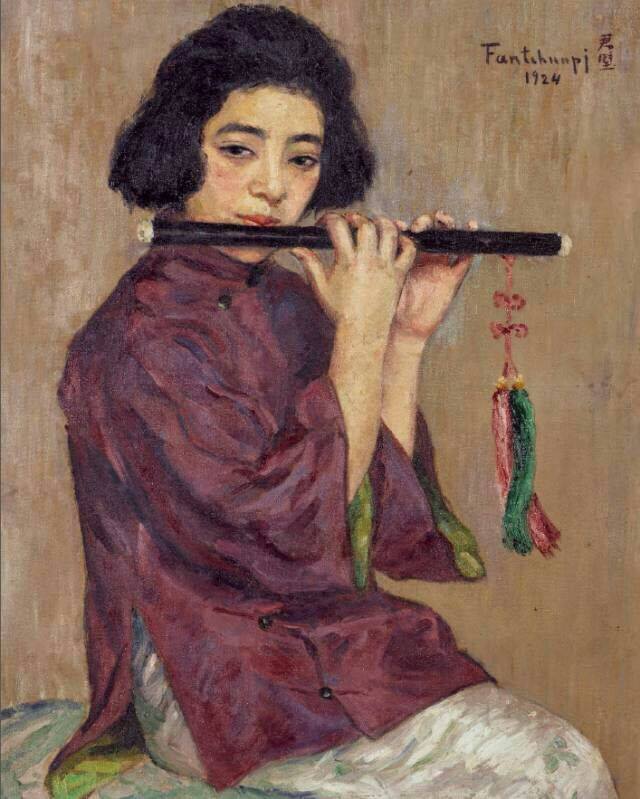
In this land, he flatted and built the Shaw Brothers Film Studio, just this project alone spent 500,000 Hong Kong dollars. From there Run Run Shaw worked towards his goal. The first was to hired the well known director Li Hanxiang, secondly, he paid twice the salary and hired over the famed actress Lin Dai. This lethal combination subsequently created the two most famous movies in the Chinese film history, “Diao Chan 貂蝉” and “Jiangshan beauty 江山美人”, creating sky-high box office records.
From here, the Shaw Brothers also filmed “Liang Shanbo and Zhu Yingtai梁山伯与祝英台(Chinese Romeo & Juliet)” and the film caused an unprecedented sensation and set Hong Kong, Macao and the rest of Southeast Asia on fire. It was famously reported that a Taiwanese old lady went to the cinema and watched the film 100 times, after which triggered the upsurge of Chinese ‘Huang Mei’ films in Taiwan.
The Shaw Organization’s rise not only changed the Hong Kong film industry, but also affected the world’s film industry. Even till today, Shaw’s style is still deeply engraved in a large number of movies.
Before Sir Run Run Shaw, Hong Kong’s film industry is filled with melodrama films, most of the local films can only be played in a small theater and the big market was dominated by imported films. In 1996, the Shaw Brothers’ “One-Armed Swordsman 独臂刀” was released, which was the Shaw’s first martial arts themed film and also a milestone in the Chinese film history. The film soared Shaw Organization into a multi-million dollar cinematic office.
After this film, the mainstream of Hong Kong film industry turned to commercial films and Run Run Shaw followed closely by launching the film “Drunken Man 大醉侠”. Martial arts films and Kung Fu films became the Hong Kong film industry’s new genre.
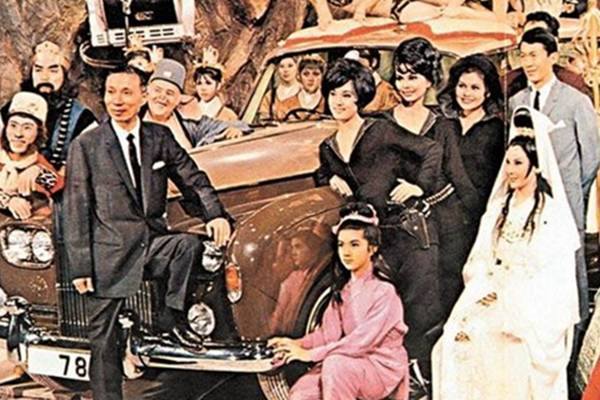
Run Run Shaw was widely considered as a ‘Magician’ in the movie world and also a natural business operator. When he founded the Shaw Brothers, he was well versed in almost any job: director, script, editor, photographer, makeup and often was up and moving in person often.
With a strict professionalism, Sir Run Run Shaw was obsessed with the quality control of his films and a badly produced film will be burnt by him. The idea of “A Shaw production has to be Fine ” was deeply rooted in him.
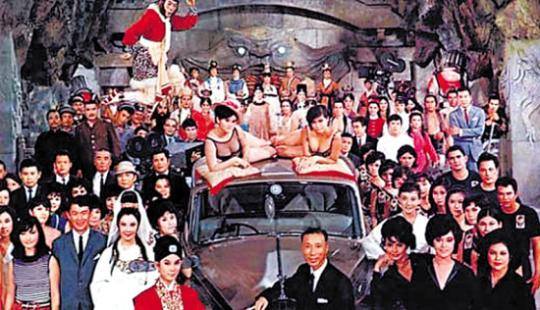
On the other hand, Run Run Shaw was extraordinarily hard working. Someone once asked him, “What is the most important in life?” Run Run Shaw answered “Work.” “The second important thing?” “More work.”
Sir Run Run Shaw is reported to be the Chinese who had watched the most number of movies. In order to venture deep into his business, he slept for only 5 hours daily and watched movies whenever possible. Through watching various movies, he investigated which were good, which were bad and researched intensively on how a film can be made better.
He once watched nine full-length movies in a day and averaged more than 700 films a year.
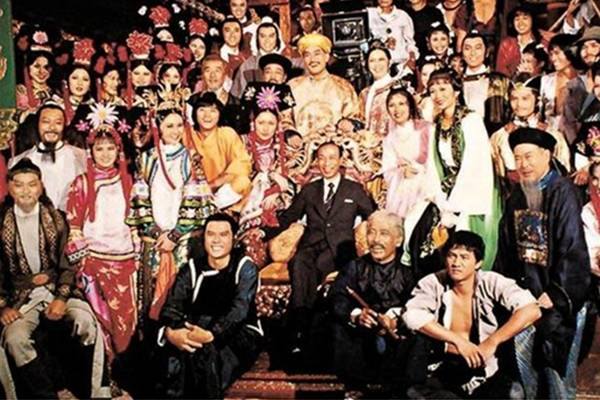
When the popularity of television grew, Run Run Shaw foreseen a new entertainment era. In 1967, he and his friends joined forces and created the Hong Kong Television Broadcasting Corporation (TVB), a free channel to go against the then Hong Kong TV’s “number one channel” Asia TV.
The TVB development was so rapid that Run Run Shaw decided to turn off Shaw’s film industry to branch fully into the television industry. In TVB, he continued the previous operation model and created training courses to develop a new batch of celebrities.
This system produced a large number of fiery, highly successful Asian celebrities even today. From the hunky Chow Yun Fat 周润发, Stephen Chow 周星驰 to Ekin Cheng 郑伊健, Donnie Yen 甄子丹, Louis Khoo 古天乐 … … At the beginning of the new century, there was a saying: 90% of Hong Kong’s stars were born in TVB.
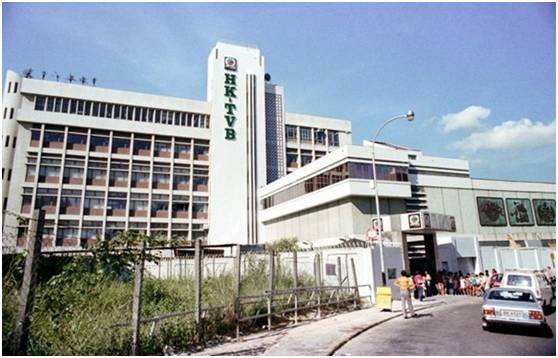
In addition to the training system, Shaw also single-handedly created the “Miss Hong Kong 港姐” Beauty Pageant. Zhao Yazhi 赵雅芝, Michelle Reis 李嘉欣, Maggie Cheung 张曼玉 and Qiu Shu Zhen 邱淑贞 were just some of these pageant beauties who later on came forth and became the ‘Public’s Beloved’ actresses.
For the mainland Chinese audience, the early Shaw Brothers films were simply a misty ancient legend, however, TVB was then the true creator of their memory. During the 80s of last century, in Mainland began the introduction of TVB dramas and this set off a sustained viewing boom.
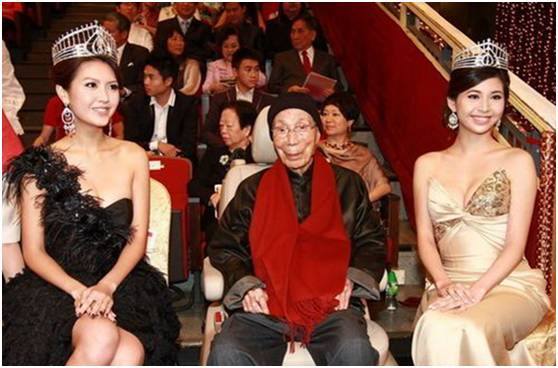
“Huo Yuan Jia 霍元甲”, “Shanghai Tang 上海滩”, “The Legend of the Condor Heroes 射雕英雄传”… Even on the internet today, there are a lot of memories and discussion on these television classics.
In those days, the Television is not so common in the Mainland so neighbors from the same neighborhood often gathered around and chose seats in advance around a large compound, watching television dramas together with high anticipation. Those theme songs featured in these dramas also left a lasting impression during those bittersweet years of growing up….
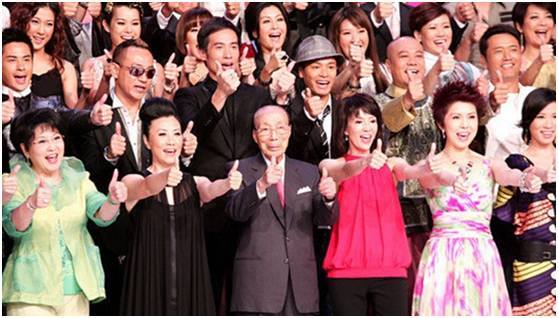
From film to television, the Shaw’s achievements stacked increasing and his net worth is also increasingly lucrative. By 2006, its holdings of TVB equity’s market value is more than 10000000000, plus real estate and other assets, Run Run Shaw’s total assets is more than 20 billion Hong Kong dollars.
Shaw set up the Shaw Foundation in Hong Kong in 1975 and began to donate large sums of money systematically to education, medical and other welfare services around the world. At that time he said: the highest state of an entrepreneur is a philanthropist.
Since 1985, Shaw began huge donations in Mainland China and the annual amount is in the billions range yearly. Of which 80% of the funds were invested in educational projects, because Run Run Shaw said that “national revitalization rely on talents, and talents are trained by education, thus training of the personnel is the fundamental interest of the nation.”
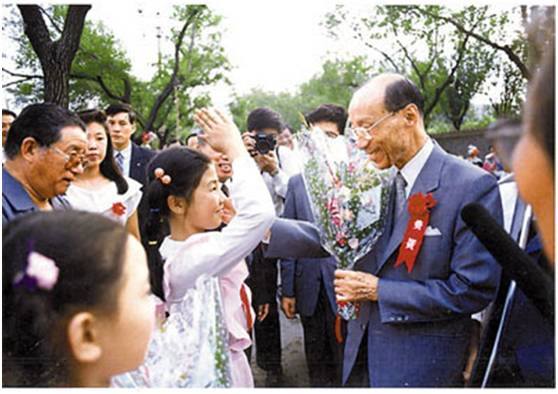
In addition to fixed contributions, he also has the occasional large donations. In 2008, he donated 100 million Hong Kong dollars to the Sichuan earthquake; in 2013 Ya’an earthquake, he donated 80 million yuan. Before his 100-year-old birthday, he made a donation to the Yangtze River basin which suffered a flood and also donated 200 million Hong Kong dollars in the Mainland, benefiting more than 340 schools.
According to incomplete statistics, till the end of 2012, Run Run Shaw has accumulated contributions to the mainland an amount of 4.75 billion Hong Kong dollars. His name can be found named after buildings, schools, libraries, science and technology museums, medical centers and other institutions, almost throughout China.
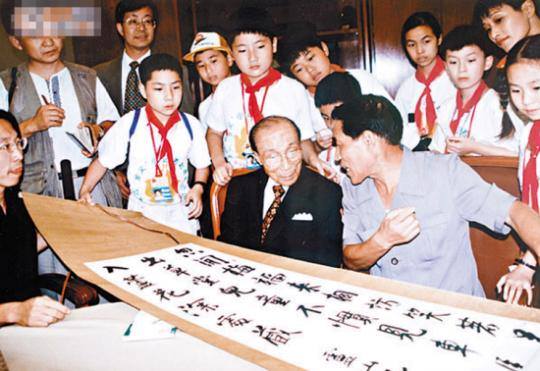
This makes him a combination of contradictions: the most stingy entrepreneur, yet the biggest philanthropist. Another “strange” point is that the vast majority of Hong Kong people do not know about Run Run Shaw’s good deeds in the Mainland. A Hong Kong journalist once said, “We went to the Mainland to interview and saw the Run Run Shaw buildings everywhere, then we knew that he also donated in the Mainland.” The Hong Kong Government had not mentioned about it as well…
Many entrepreneurs are supported publicity after a donation to sustain plausible business development so the Hong Kong media was very curious about the secretive practice of Run Run Shaw. There have been reports trying to tap into any of Run Run Shaw’s business in the Mainland, but the figure came up to none. It is unlikely for TVB to enter the mainland market as well.
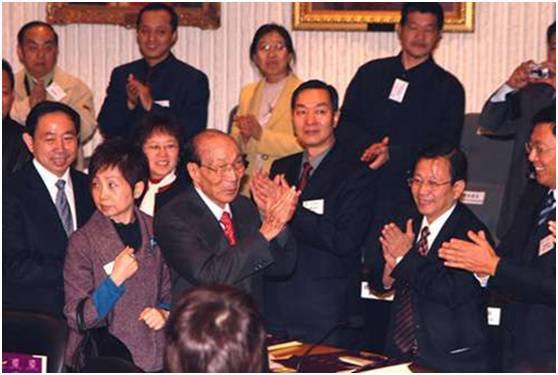
Such an investigation was actually ridiculous. What kind of business was to be worthy of 30 years of contributions in billions of dollars? Run Run Shaw is a businessman, but also a patriotic businessman. His greatest wish is to make a lot of money, and then “donate to the cause of education and do some practical things for the world”.
In January 7, 2014, Run Run Shaw left his ‘simplistic’ life and passed away at the age of 107. In his eulogy, the President wrote: “We are grateful to Sir Run Run Shaw and wish to express our condolences to his family. Sir Run Run Shaw loved life, love the country, concerned about the well-being of people, made generous donations to benefit the country. His patriotic feelings and national ambitions, we will bear in mind.”
People can not forget about Run Run Shaw. Even if some people may not know about him today, but in their lives they are more or less exposed to seeing his name engraved on buildings and have their younger generation progressing in the ‘Shaw’ houses.After the death of Sir Run Run Shaw, netizens posted pictures of an online map search for buildings that were donated by Run Run Shaw, the results turned up with nearly 30,000 blocks, full of red dots on the map.
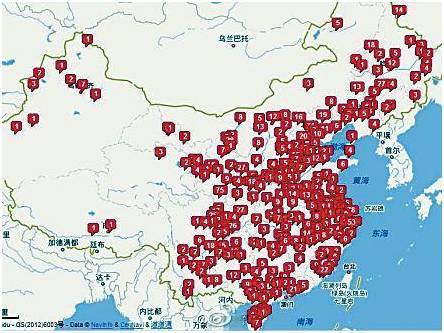
He has left, but his heart and legacy still remain.
